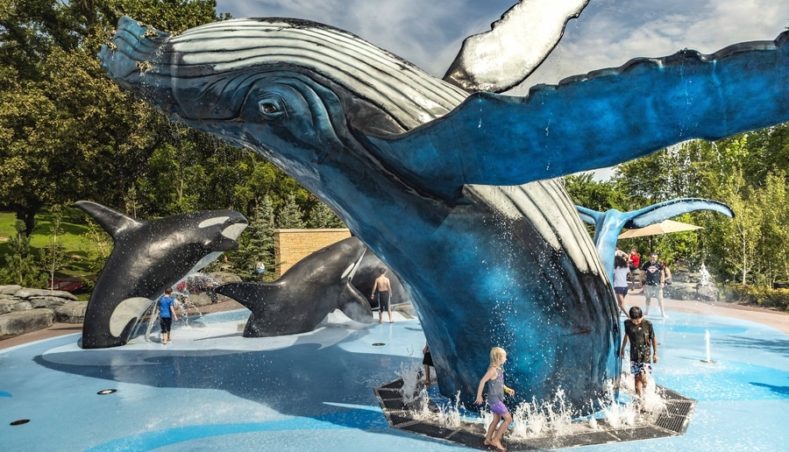Breaking Into the Field of Themed Entertainment Design Part 1: Operations
Posted in Insights -

By Chris Roy, Director of Creative Design for OTL
Themed entertainment has evolved rapidly over the years as consumers are increasingly seeking immersive experiences.
As people choose to spend more of their free time visiting theme parks and retail venues that offer these experiences, the call for talent that can provide them is growing louder. Simultaneously, many talented people who are drawn to the exciting field of themed entertainment design are wondering how they can break into the industry.
This is a subject that I know a fair amount about. I’ve been working in the realm of themed entertainment for the past 17 years, and indirectly through entertainment industry experience for another five years prior to that, along with my education at Art Center College of Design. As such, I feel that have a good understanding of what it takes to get into and excel in a career in the themed entertainment field.
To begin, I would broadly break the process down into four disciplines: Operations, Design, Engineering, and Artisans. Admittedly, there is a certain amount of overlap between these areas, and the real superstars of the industry – the ones that will have the most interesting and varied careers – are the left-brain/right-brain thinkers who have skills and capabilities in both the artistic and technical sides of the business.
During this blog series, I will provide an explanation of each of these disciplines and how they relate to a career in themed entertainment design. This month, we’ll start with Part 1: Operations.
The role of operations in themed entertainment design
Operations is the business side of the industry. It includes developers, commercial real estate professionals, accountants, management, theme park operations, IP (Intellectual Property) protection, demographics studies, urban planning, maintenance, and more. Understand that while theme parks and their design process are fun, entertaining, interesting, etc., they are businesses, and they ultimately have to make financial sense with positive ROI.
Even if your role is not firmly planted within this discipline, you must be able to work with these folks and have a general understanding of the corporate goals and realities to be successful; therefore, even if you take a design-oriented education path, you should also take some business classes. It’s important to learn how to read a P&L statement and understand the basics like the difference between margin and markup. Understand who you are actually designing for – yes, you want to create an Amazing Guest Experience, but you will only get to create that experience if it pencils out for a project’s Owners and Investors.
As a designer, these people are your clients – even when you work for the same company that they do. You must sell your ideas to them because they are the ones who will say yes or no to your concepts. The better prepared you are to explain and illustrate how your idea will make them money, the more likely you’ll be greenlighted to move forward with your concept.
How do you appeal to operations professionals? Be professional. Write professionally. Look professional. Speak professionally. The better you are at these things, the more quickly you’ll climb the corporate ladder, which gives you great leeway and flexibility artistically.
Focusing on professionalism and the business side of things will, ultimately, be the key to unlocking your creative freedom.
Stay tuned for Part 2 of this series, which will cover Design, in an upcoming OTL newsletter.